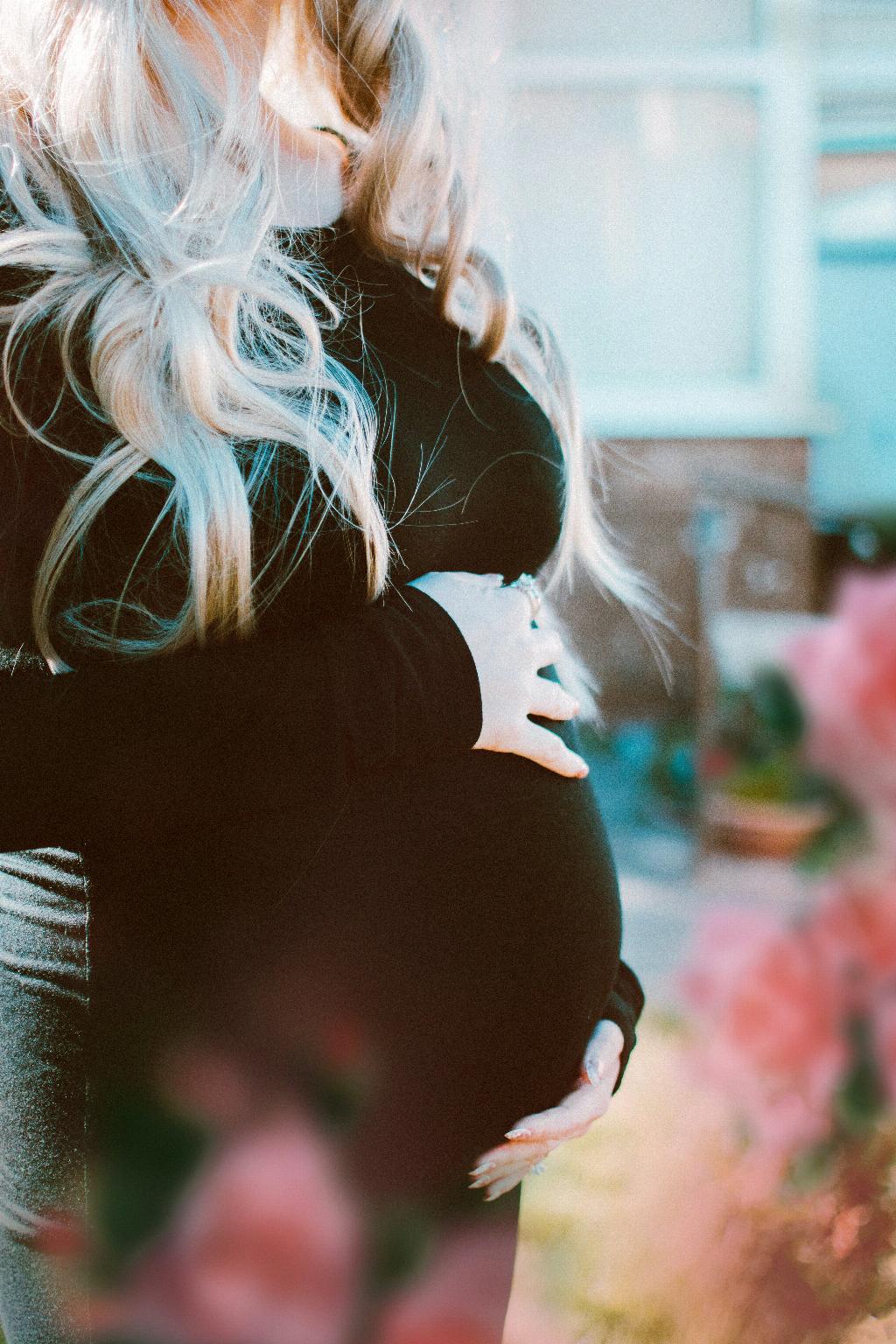Experiencing rib pain during pregnancy can be quite uncomfortable, causing concern for many expectant mothers. If you’ve been wondering, “Why does my right rib hurt while pregnant?”, it’s essential to understand that this is a common occurrence that often arises due to the growing uterus and the associated pressure it exerts on surrounding structures.
Physical Changes in Pregnancy
During pregnancy, as your baby develops and your uterus expands to accommodate this growth, various changes occur within your body. These changes can lead to a range of discomforts, including rib pain. The increasing size of your uterus can push against your ribs, resulting in sensations of tightness, soreness, or sharp pains in the ribcage area.
Position of the Baby
The position of your baby can also contribute to rib pain during pregnancy. If your baby is positioned in a way that puts pressure on your ribs, particularly on the right side, you may experience discomfort in that specific area. This pressure can be felt more acutely when you are sitting or lying down, as the baby’s weight is redirected onto your ribcage.
Diaphragm Compression
Another factor that can lead to right rib pain during pregnancy is the compression of the diaphragm. As your uterus expands upwards, it can push against the diaphragm, the muscle responsible for breathing. This compression can cause you to experience difficulty breathing, along with discomfort in the ribs.
Stretching of Ligaments
As the uterus grows and expands, it stretches the ligaments that support it. The round ligaments, in particular, can become stretched and strained during pregnancy, leading to pain in the abdominal and pelvic regions. This stretching can also contribute to discomfort in the rib area, especially on the right side.
Hormonal Changes
During pregnancy, your body undergoes significant hormonal changes that can affect the ligaments and joints in your body. The hormone relaxin, in particular, helps to soften and relax the ligaments in preparation for childbirth. However, this increased laxity can also lead to a sensation of instability and discomfort in the ribcage as the ligaments are less able to support the growing uterus.
Posture and Body Mechanics
Throughout pregnancy, changes in posture and body mechanics can also contribute to rib pain. As your center of gravity shifts with the growing uterus, you may unknowingly alter your posture to compensate for the extra weight. Poor posture, such as slouching or leaning back excessively, can put added pressure on the ribs and exacerbate any existing discomfort.
Relief and Management Strategies
If you are experiencing right rib pain during pregnancy, there are several strategies you can try to find relief and manage the discomfort. Simple measures such as adjusting your posture, practicing good body mechanics, and using supportive pillows while sleeping can help alleviate pressure on the ribs and reduce pain.
Seeking Medical Advice
While rib pain during pregnancy is typically a normal part of the process, it is essential to consult with your healthcare provider if you are experiencing severe or persistent pain. Your doctor can help rule out any underlying issues and provide guidance on managing discomfort effectively.
Conclusion
In conclusion, right rib pain during pregnancy is a common occurrence caused by the physical changes, position of the baby, diaphragm compression, ligament stretching, hormonal changes, and alterations in posture and body mechanics. By understanding the factors contributing to this discomfort and implementing appropriate relief strategies, you can navigate this aspect of pregnancy with greater ease and comfort.

